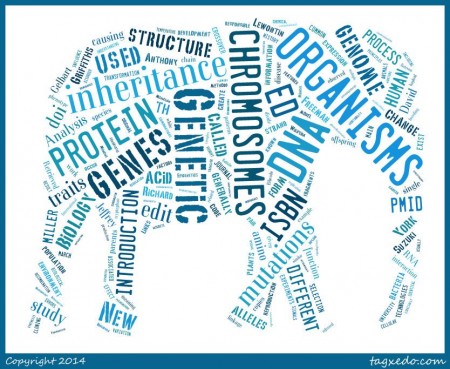Learning Intention: Students will understand the significance of Gregor Mendel in the history of genetics and be able to use the following terms correctly: dominant, recessive, alleles, genotype, phenotype, homozygous, heterozygous, cross-pollination, self-pollination and F1 generation.
Success Criteria: Students will complete the following three activities and be able to describe what they have learned in a class discussion.
Gregor Mendel (1822-1884) was an Austrian monk who is known as the father of modern genetics due to his experimental work with plant hybridization. It was Mendel who first coined the terms “dominant” and “recessive” and he formulated generalizations that have become known as “Mendel’s Laws of Inheritance”. “Mendel’s Pea Genetics – Experiments that changed the world” is a twenty-five minute documentary that describes his life. Complete the following three activities:
- DNA Learning Centre – Gregor Mendel and Pea Plants
- Information about the basic principles of genetics – Mendel’s Genetics, including a practice quiz.
- An online, interactive task (a “web lab”) that allows you to learn about Mendel’s experiments with peas – Mendel’s Peas.



